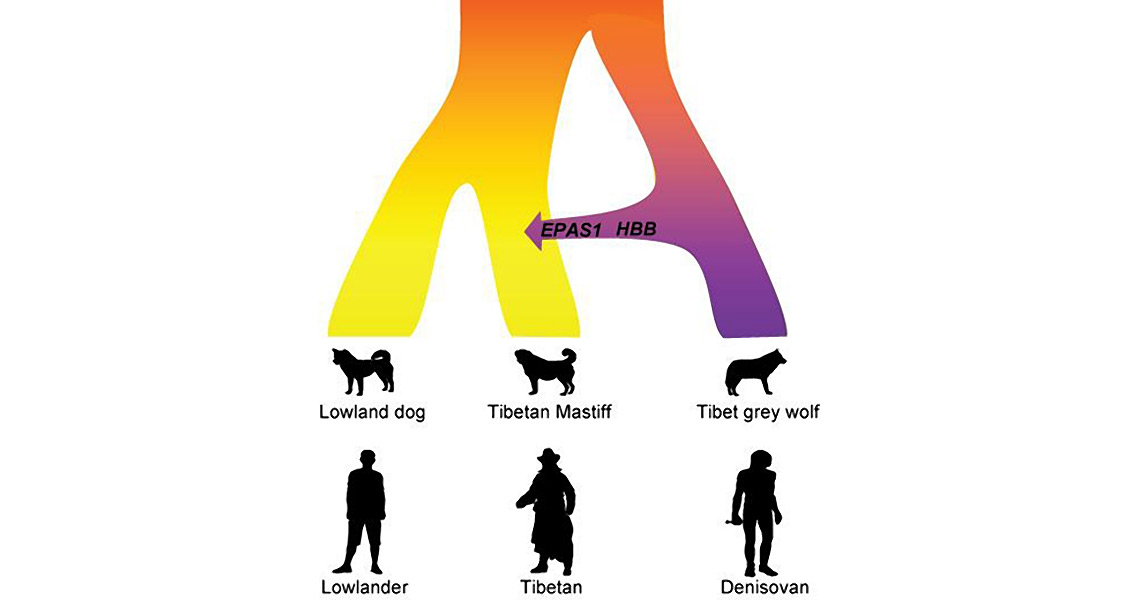<![CDATA[The Tibetan Mastiff, a dog breed renowned for its hardiness – especially at the high altitudes of the region of the world from which it originates, got those traits from interbreeding with ancient wolves. A recently published research study into the genetic makeup of the Tibetan Mastiff has revealed how the hardy dog breed adapted to such high-altitude, according to a press release from the Oxford University Press. The strength and endurance of the mastiff is legendary, even when three miles above sea level or even higher. The genetic history of the dog breed, as told by a Chinese research group led by evolutionary biologists Yixue Li and Zhen Wang, has laid bare the remarkable story. After efforts to genetically sequence both the dog breed’s genome and the genome of the Tibet grey wolf, scientists have been able to paint a picture of interbreeding between the two species in the first years of human settlement into the Tibetan plateau. The Tibetan Mastiff, which had just recently been domesticated, interbred with the wild wolf species, paving the way for the dogs to adapt to their new high-altitude home. The results of the research study have revealed that the Tibetan Mastiff of today, while certainly related to grey wolves, has genetics that are more in line with other Chinese dogs. However, there were two so-called “hotspots” pinpointed in the Tibetan Mastiff genome, the genetic loci classified as HBB and APAS1, which highlighted significant interbreeding signals with the Tibet grey wolf. These two loci became associated with strong positive selection in the mastiff genome. Surprisingly enough, the same interbreeding mechanism – in fact, the same gene in the same location – exists in the human genome as well, showcasing how it wasn’t just Tibetan Mastiffs that benefited from interbreeding with already-adapted species. Evidence points to early modern humans interbreeding with Denisovans, an ancient hominid ancestor that existed alongside Neanderthals and modern humans, though primarily present in southern and eastern Asia. These Denisovans, as an older hominid race that would have migrated to the Tibetan Plateau long before modern humans had done so, would have had the necessary high-altitude adaptations to survive and thrive in the type of environments common in such settings, which include colder temperatures and reduced oxygen concentration in the atmosphere. The interbreeding of these Denisovans with the modern humans migrating to the region provided the needed boost to the human genome to adapt to the new environment in exactly the same way that the incorporation of Tibet grey wolf DNA into the Tibetan Mastiff genome worked to make the current dog species so renowned for its adaptation to high altitude living. Little is known of the Denisovans beyond the genetic information left behind by a handful of new archaeological finds from 2010. However, the mitochondrial DNA extracted from these remains is distinct enough from both Neanderthals and modern humans to legitimize the Denisovans as a distinct archaic human species. The research study, recently published in the journal Molecular Biology and Evolution, can be found here Image courtesy of Zhen Wang, Shanghai Institutes for Biological Sciences, Chinese Academy of Sciences, Shanghai, P. R. China ]]>
Tibetan Mastiff’s Hardiness Comes From Ancient Wolf Interbreeding
